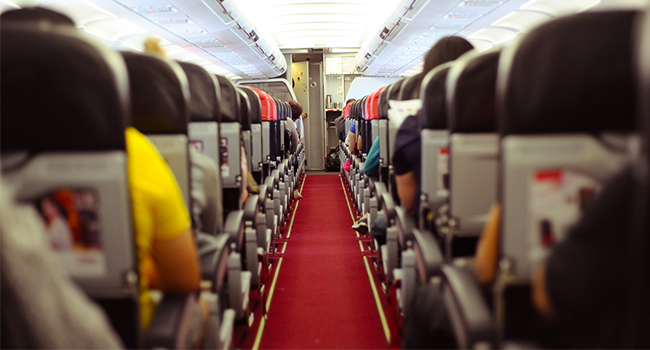
Is It Possible to Have Security on Every Flight?
Cases of violence over reclining seats, loud music, babies crying and overgrown adolescents with drinking problems aren’t just on the rise; they’ve become prevalent on aircraft. So some have been asking the question, can and should airlines have a security officer on every flight?
Earlier this week, a Southwest Airlines flight made an emergency landing to its original gate at Los Angeles International Airport after an incident on board forced the pilot to turn around.
The plane was only in the air for a few minutes before a man posed a serious threat to the other passengers on the plane by lashing out at a woman for tilting her seat back, giving the pilot no other choice than to change routes and return to LAX.
Law enforcement met the plane at the gate and escorted the man off before the passengers and crew were switched to a different plane to resume their original journey. They took off two hours later and landed in San Francisco at 1:43 p.m., five hours late.
Could this delay have been avoided if there was security on the plane?
This solution of a built in security officer on board every plane is a notable one, but most certainly not a feasible one. There simply are not enough people or enough money to make it happen. There are roughly 30,000 take offs and landings in the United States every day. While the exact number flights and their routes are classified, we do know it is already costing more than $800,000 a year to get planes in the air and bring them safely back down.
As of September 11, all flight attendants go through security training in order to control a violent situation. It is necessary they learn numerous security procedures, sabotage procedures, what to do if a passenger becomes aggressive. They are also supplied with zip ties to restrain someone, if need be.
While it is not the most comforting solution to some, it is the procedure set in place as of now. The number of federal air marshals is slowly growing, yet not close to the number of actual flights. Until there are enough to put one on every plane, we can trust that screening and intelligence, physical security, perimeter security, police and National Guard are doing their job to create a more peaceful environment aboard a plane.